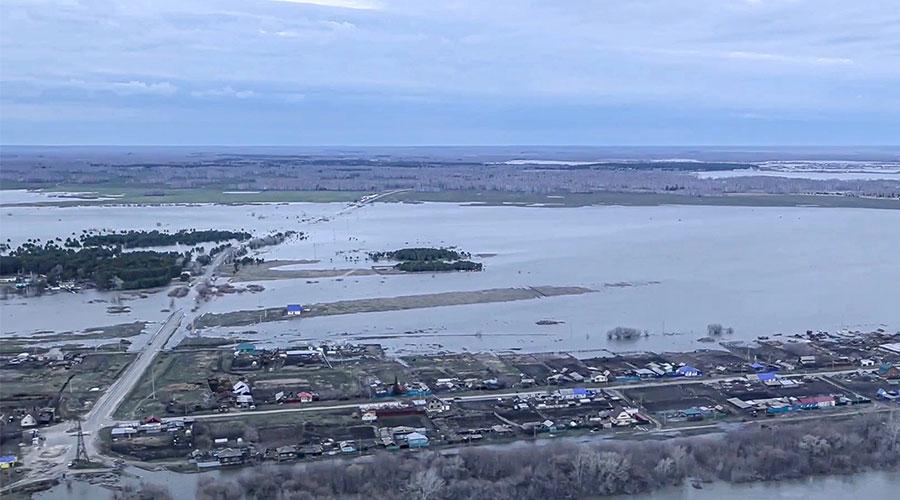In Ukraine, strong winds and heavy rains led to floods that damaged the electrical energy infrastructure, resulting in power outages for thousands of people in 173 villages. Meanwhile, in western Siberia’s Tyumen and Kurgan, Russian authorities called for emergency evacuations in towns affected by dangerous floods near the Kazakhstan border.
In central Indonesia, heavy rains resulted in the deaths of 20 people, prompting the authorities to end search operations for victims. The storms and rains caused increased pressure on the energy system in Ukraine, with over 15,000 people losing power in the central region of Dnipropetrovsk. Energy companies worked tirelessly to restore electricity to the affected areas and aimed to have power back by the end of the day.
In Russia, evacuation orders were issued for areas at risk of flooding, with temporary shelter centers set up to accommodate displaced residents. Landslides caused by heavy rains claimed the lives of 20 people in southern villages in Indonesia. Search and rescue teams discovered the bodies of a mother and her son, bringing the death toll to a close. The Indonesian authorities highlighted the impact of deforestation on exacerbating landslides during the rainy season. These incidents underscored the need for effective disaster response and preparedness measures in vulnerable regions across the globe.
The Ukrainian government has pledged to provide aid to those affected by the floods and is working with international organizations to rebuild critical infrastructure damaged by natural disasters. Meanwhile, Russia’s natural resources ministry has launched an investigation into how these floods occurred near its border with Kazakhstan.
In Indonesia’s neighboring country Malaysia, floodwaters are causing widespread damage as well. Heavy rains triggered landslides and flash floods that destroyed homes and businesses across parts of Kuala Lumpur city center.
These natural disasters highlight how vulnerable communities are to extreme weather events due to climate change-induced changes such as rising sea levels and more frequent natural disasters like hurricanes and droughts.
As countries work towards rebuilding their infrastructure following these devastating events, it is crucial that they invest more resources into disaster prevention measures such as early warning systems and sustainable building practices that can help mitigate future disasters.
Overall, these incidents serve as a stark reminder that we must take action now to address climate change before it’s too late. We must work together towards a more sustainable future that prioritizes resilience over short-term gains.



